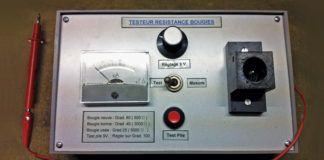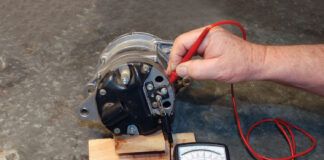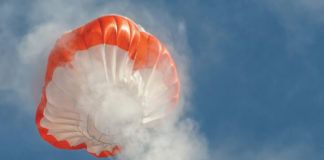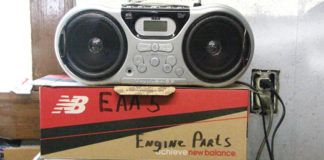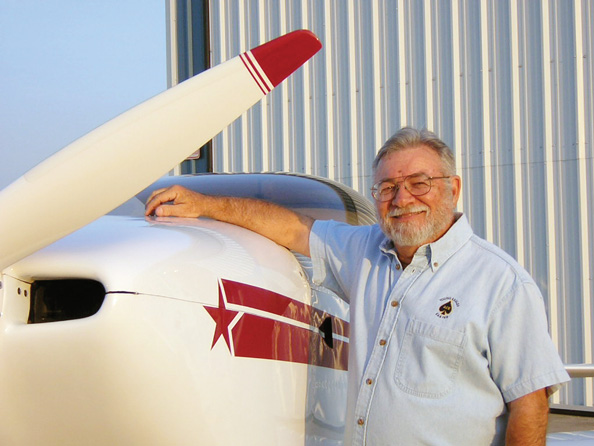
Question: I have a bit of a dilemma and would like your opinion. In the 1980s I started a project with a set of Wag-Aero 2+2 Sportsman plans. I was intrigued by Dave Blanton’s development of the Ford 3.8L V-6 engine and acquired a low-mileage one to build to Blanton’s specs. I became friends with Bayard DuPont (he has a Defiant with two Ford V-6s) and Karl (Bud) Davidson (who has a modified Wag-Aero 2+2 Sportsman with the Ford V-6). We spent hours brainstorming about the idiosyncrasies and quirks of the Ford engine and solved many problems not addressed in Blanton’s building literature or newsletter.
Later, when Blanton lost interest in the Javelin V-6 STOL homebuilt project, I essentially took over the V-6 STOL newsletter. Blanton later gave me his blessings in that endeavor. His method was to use a salvaged Piper Tri-Pacer as the core of the project: lengthen the fuselage 36 inches, lengthen the wingspan, build new mains and convert to tailwheel, recover the fuselage, and build and install the Ford 3.8L V-6 with a cog-belt PSRU. At his suggestion, I set aside the 2+2 plans and acquired a salvaged Piper Colt fuselage (close enough to a Tri-Pacer with all the changes I would make).
Blanton went through the process with the FAA, and with all those changes plus the auto-engine conversion, the projects were deemed to meet the 51% rule. Over the years, other projects have distracted me from finishing my Javelin Ford homebuilt project, which included taking the fuselage and the scratchbuilt wings apart and moving it to California with me 15 years ago.
Many distractions, including trying to make a living, have kept the project on the back burner. I became involved with people building Bearhawks and modified the Colt fuselage again and again (adding a cargo door and skylight).
Anyway, the recent ruling from the FAA appears to have put me in a quandary. I am at a point where I would like to get the project finished, but the FAA’s attitude toward using a salvaged fuselage, no matter how highly modified, seems to have canceled any chance of ever flying this plane as built.
I am a professional welder and see building a copy of the Coltfuselage as an inconvenience, but I am frustrated by such a necessity considering the acceptance of this salvaged fuselage project almost 20 years ago. At one time a salvaged fuselage was scrap. Is there a way to finish this project and qualify it as a standard amateur-built aircraft?
Answer: Your assessment of the situation is right on! It seems you are caught in a tightening of the rules, whose primary purpose was to prevent people from taking the wings and empennage from a certified aircraft, building a fuselage, and coming up with something like a Breezy. While the Breezy may have met the letter of the law at the time, it did not meet the intent, in my view.
Your aircraft would probably meet the intent, but not the letter. My suggestion would be to contact your local FSDO and talk with an inspector who has extensive experience with Experimental/Amateur-Built aircraft. I have found that most FSDO personnel are easy to work with. They may or may not accept what you have as meeting the intent of the rules, but the interpretation is something you need to resolve now.
Please send your questions for DAR Asberry to [email protected] with Ask the DAR in the subject line.







